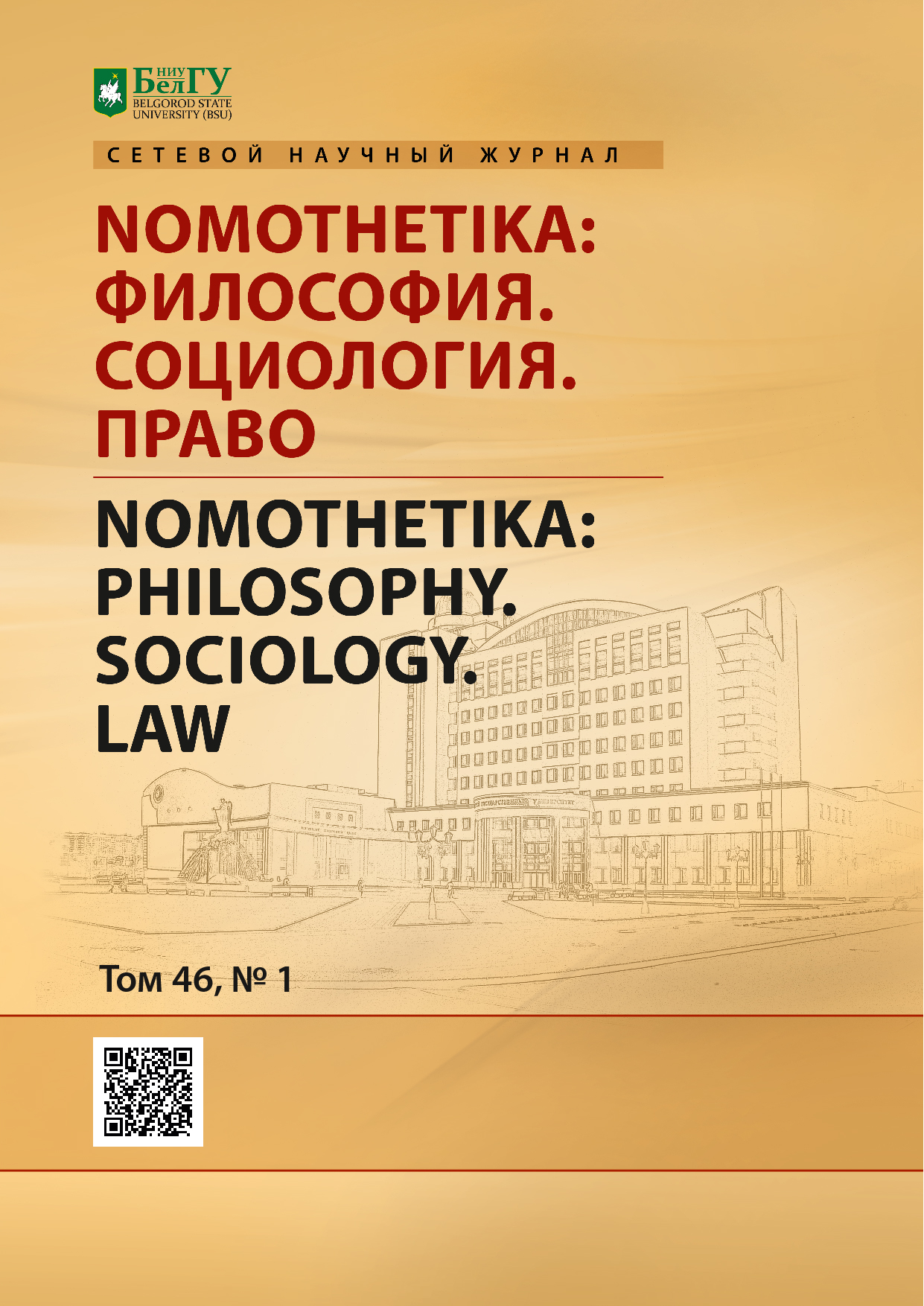Chinese music culture in the state educational policy of the people's Republic of China
Keywords:
creativity, tradition, innovation, Chinese music, Chinese performing cultureAbstract
Since ancient times, the musical culture of China has absorbed the basic cultural concepts and cultural universals (time and space, knowledge and faith, life and death, family and power, good and evil, etc.) associated with the interpretation of the human mission in the world. All these concepts and images embody the national paradigm of human and social existence, including in the multinational space of modern China, including the region of Inner Mongolia, which has absorbed the ancient culture of steppe nomads. The article notes that close attention to the national musical culture in its folk forms will be fruitful for cross-cultural dialogue, maintaining the tone and creative interest of modern Chinese and Mongolian musicians in folk traditions, which are embodied in music in the form of sensual images.
Downloads
References
Алексеев А.Д. 1969. Русская фортепианная музыка. Конец XIX – начало XX в. М.: Наука. 391 с.
Баренбойм Л.А. 1989. За полвека: Очерки, статьи, материалы. Ленинград, Советский композитор. 365 с.
Бенюмов М.И. 1985. Функции художественных средств музыканта-исполнителя. Красноярск, [б. и.]. 79 с.
Бодина Е.А. 2014. Проблема результативности музыкального образования в современной зарубежной педагогике. Известия ВГПУ, 3 (264): 102–105.
Бочкарев Л.Л. 1997. Психология музыкальной деятельности. М., ИПРАН, 350 с.
Ван Дон Мэй. 2004. Великий шелковый путь в истории китайской музыкальной культуры. Автореферат дис. … канд. Искусствоведения. 17.00.02: музыкальное искусство. СПб. 27 с.
Готсдинер А.Л. 1993. Музыкальная психология. М., Малое изд. предприятие NB Магистр, 190 с.
Живов В.Л. 2003. Хоровое исполнительство: Теория. Методика. Практика. М., ВЛАДОС. 270 с.
Каузова А.Г. 1997. Развитие полифонического слуха учащегося-пианиста в процессе работы над современным репертуаром. М., Прометей. 63 с.
Коган Г. М. 2004. У врат мастерства. М., Классика-ХХI, 133 с.
Малинковская А.В. 1990. Фортепианно-исполнительское интонирование. М., Музыка. 186 с.
Малявин В.В. 2000. Китайская цивилизация. М., Издательство Апрель, ООО «Издательство АСТ». 632 с.
Малявин В.В. 2005. Китай управляемый. Старый добрый менеджмент. М., Европа, 304 с.
Петрушин В.И. 2008. Музыкальная психология. Москва: Трикста: Академический проект. 398 с.
Рахимбаева И.Э. 2005. Художественная культура. Саратов, Научная книга. 87 с.
Савшинский С.И. 2002. Пианист и его работа. М., Классика-XXI, 239 с.
Файзрахманова Л.Т. 2013. Становление и развитие музыкально-педагогического образования в Татарстане: XIX-XX вв.: автореферат дис. ... доктора педагогических наук Какзань, Изд-во: Ин-т педагогики и психологии профессионального образования РАО. 38 с.
Цыпин Г.М. 1994. Психология музыкальной деятельности: проблемы, суждения, мнения. М., Интерпракс. 373 с.
Chen Xuexun. 1986. Materials for teaching the modern history of education in China. In: 3 t. Beijing. People's Pedagogical Publishing House. (in Chinese)
He Dongchang. 1996. Education in modern China. In: 2 t. Beijing: Modern China Publishing House. (in Chinese)
Mikhail I. Beniumov. 2014. On the Concept of Musical Performance. Journal of Siberian Federal University. Humanities & Social Sciences. 3. (in English)
Sun Enjun. 1995. Essays on the study of modern teachers in China. In: 25 T. Shenyang. Pedagogical Publishing House of Liaoning Province. (in Chinese)
Wang Bingzhao, Yuan Guohua. 1994. General History of Pedagogical Thought in China. In: 8-mi T. Changsha. Educational Publishing House of Hunan Province. (in Chinese)
Abstract views: 173
Share
Published
How to Cite
Issue
Section
Copyright (c) 2021 NOMOTHETIKA: Philosophy. Sociology. Law

This work is licensed under a Creative Commons Attribution 4.0 International License.


